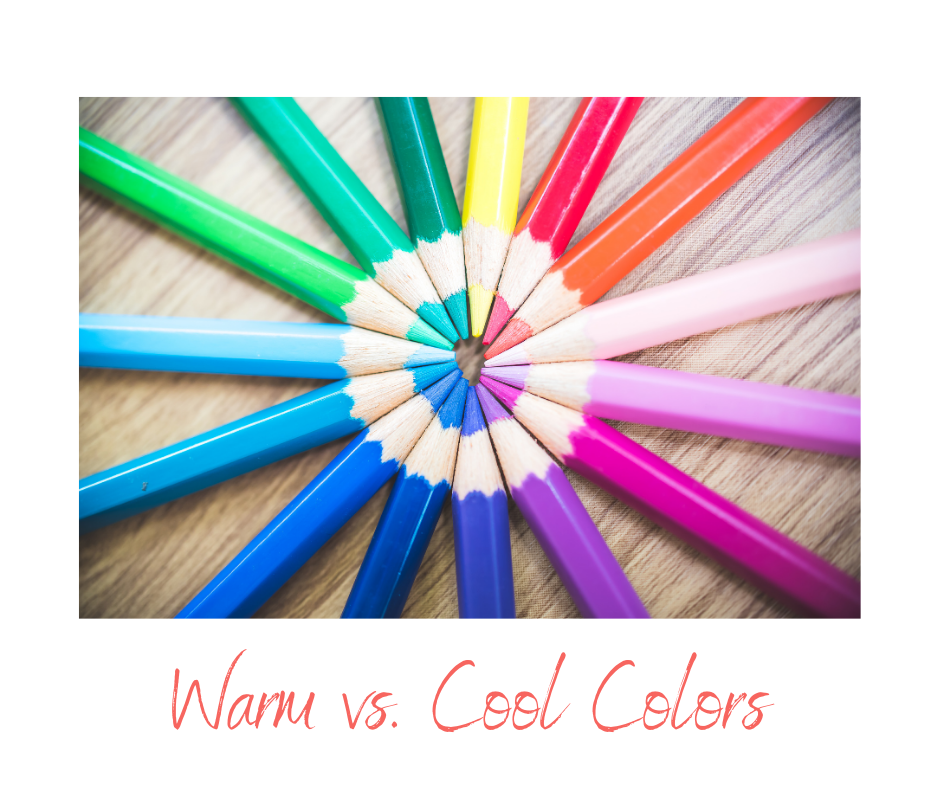Warm vs. cool neutrals – which choice works best for your home.
Neutrals are wonderful tools when decorating. A completely neutral room can be both restful and sophisticated, while showing off different textures. A neutral room can also look like the person decorating it was afraid to take a chance with colors. One of the differences between the two rooms is an understanding that neutrals are not just a “safe” choice, but actually as powerful as colors.
A good place to start when analyzing neutrals is determining whether they are cool or warm. Just like colors, neutrals fall into these two categories. Warm neutrals include black, gold and tans, as well as beige. Cool neutrals feature white, gray, ivory and silver. Like colors, neutrals run on a continuum between cool and warm. If you’re not sure where a specific neutral falls, look for color undertones. If you see blue, it’s in the cool spectrum. Yellow or orange undertones take a neutral into the warm direction. Comparing neutrals can also help you decide the relative cool/warm nature of the tones.
Neutrals provide an effective background to a color-filled room and allow two challenging colors to live in the same space without competing. Many people choose neutrals for flooring for the flexibility they provide with the rest of the space.
When bringing a new neutral into an existing room or a new space, consider the neutral or neutrals in combination with the colors you will be introducing. Pull all of your samples together when shopping, or bring store samples home to see how they work in the designated space before making your final choice. Take time to evaluate everything to give you the opportunity to make the right selections. Neutrals can be remarkable – providing the glue that pulls a room together.

